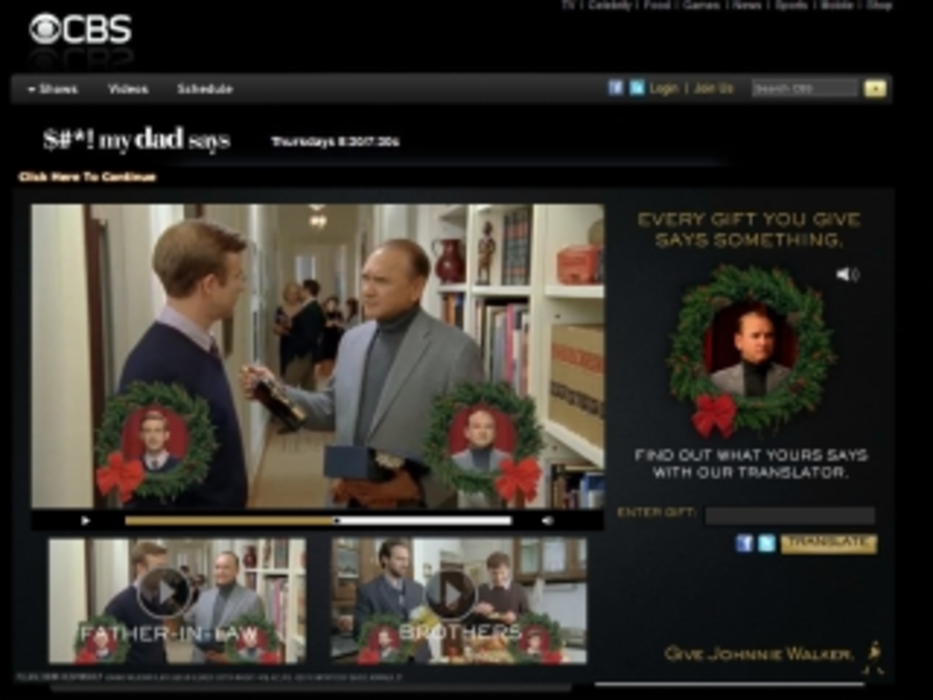The great guru of user experience design, Jakob Nielsen, had keen ideas about TV advertising:
“While watching TV, people approach a vegetable state, and the main goal of a commercial is to minimize interaction by keeping the user’s hand off the remote. As long as the user watches, you can keep them engaged by high production values.”
The practices of today’s online marketers are at the opposite spectrum of Nielsen’s “vegetable” thesis. The Internet, unlike TV, is a lean forward medium—your natural instinct is to sit up and engage with the online world. Enter online video: one part TV, one part Internet. Does that make online video a lean forward or a sit back medium?
Take market leader YouTube’s strategic investment in content channels, the goal of which is to steer consumers away from navigating to simply kicking back and relaxing for a longer duration. And with the option of entire episodes on view, TV online is like TV in your living room, with the added convenience of mobility.
Interactive video formats used to be a niche specialty, implemented in proprietary fashion between specific publishers and vendors (my employer included). Now that VAST and VPAID have leveled the playing field, there’s no more fertile a time than now for marketers to seize the opportunity of video interactivity.
Here are four tips for adding interactivity to online video advertising—with little effort and much impact.
1. Make it touchy-feely. And clingy. When you add interactive engagement to video, the viewer’s senses are occupied by sight, sound and touch. The way people learn is directly related to the number of senses involved in that learning process. When more senses are involved in a pursuit, the “learning experience” inherently becomes more impactful.
With three senses at place, like you have with interactive video, the learning process is that much more impactful. For example, people become more invested when they actually make the effort to type in the command “dance” into Burger King‘s subservient chicken ad program Video interactivity nabs the viewer’s attention across the board and leaves a permanent imprint. With video interactivity in the mix, the formerly passive, vegetative viewer is much more likely to recollect the car, the soft drink, and definitely the dancing chicken.
2. It’s about time—not clicks. The direct response roots of display advertising led to the extensive use of clicks as an activation objective and success metric. In the real world, consumers don’t click, nor do brand advertisers gain inherent value in them doing so. Focusing on clicks proved to be detrimental to the appreciation of branding value in display advertising. As video takes the stage, click rates have increased. In fact, people are more than 200 times more likely to click on an in-stream video ad than on banner ads. Those enthusiastic numbers are partially due to the novelty of the ad format, and we can expect to see it decline as that novelty wears down. This doesn’t necessarily mean that an ad is less effective, however. As marketers, we need to implement better campaign objectives.
More effective metrics include brand survey tools used extensively in display advertising which offer valuable insights into video campaign performance. In addition, the time spent with a display ad has been proven to correlate with common brand objectives. The adoption of VPAID now allows ad designers to go beyond the 15- or 30-second passive experience—and consumers get to spend much more time with the brand message. Simply put, with in-video interactivity, the viewer has the option to spend more time to linger with an ad they want to experience.
3. Lean forward and purchase. Online consumers want information when they want it, for making purchase decisions or because of brand preferences. Help them out, and help your brand out, by making your ad content on video as informative as possible. It’s about putting purchasing power at the viewers’ fingertips when they’re craving it and most likely to engage with it.
4. Engage. Don’t enrage. The best brand engagement is about homing in on the consumer’s attention span in gradual increments. Engage them first with a 15-second video, tease them with a mouse-over option to receive the longer ad after the video, and then offer a purchase reward or an opportunity to establish a long-term relationship with the brand. Thinking in incremental steps of increased engagement helps creative designers build more effective video ads and allows planners to better measure and understand audience reaction.
Video interactivity has the potential to marry some of the best practices in brand advertising and make your video ad dollars work harder for you. The possibilities are endless, and it will be exciting to see how advertisers will evolve this opportunity over the coming months and beyond.
Amit Rahav is general manager of video and mobile at DG/MediaMind.








